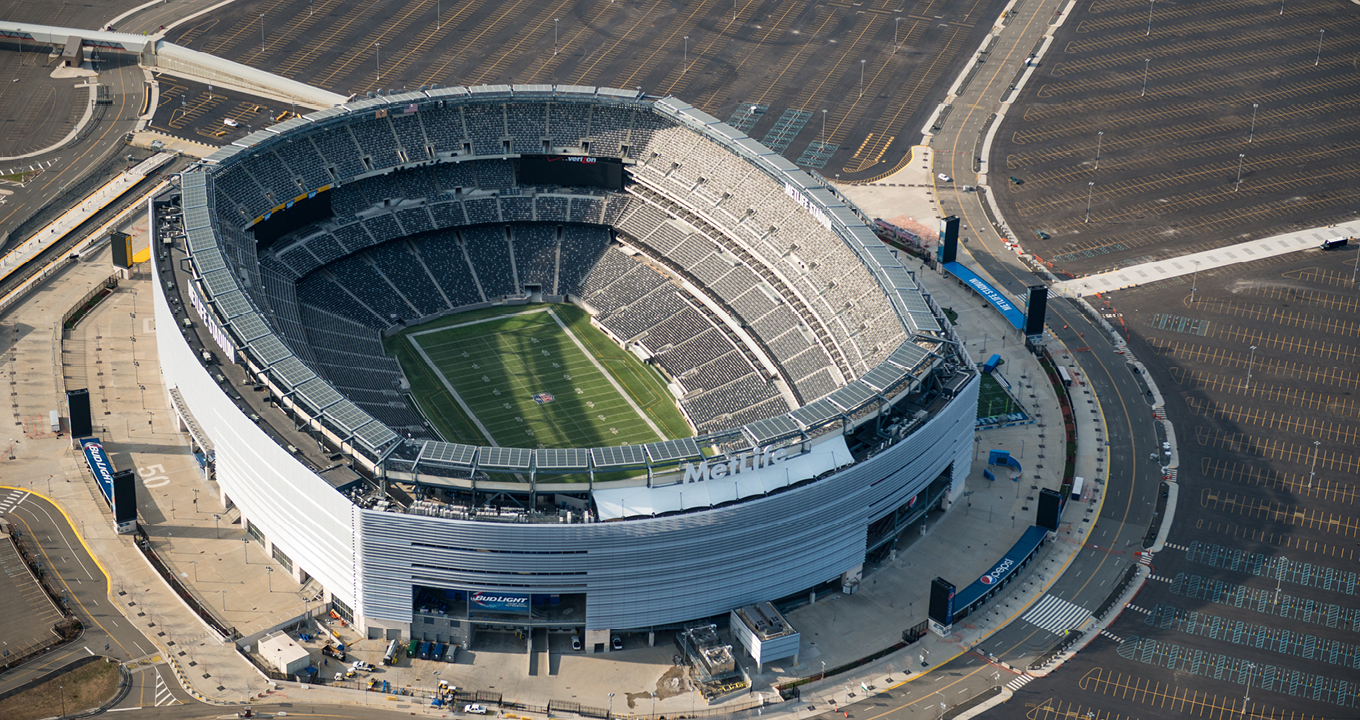By Andy Hart, Associate Director, Hilson Moran
Sport, often seen as a unifying global spectacle, is not immune to environmental pressures. From heatwaves to extreme rainfall, high winds to severe drought to air pollution and disrupted logistics, climate-related risks are escalating – and by 2030, will they be too big to ignore?
As Canada, Mexico and the United States embark on the 2026 FIFA World CupTM and Spain, Portugal, Morocco, Uruguay, Argentina and Paraguay prepare to co-host the tournament’s 2030 edition, excitement is building. Yet, behind the scenes, a less visible threat looms over the success of both tournament: climate change.
This week we have seen record breaking temperatures in parts of Portugal and Spain, and as Wimbledon begins, centre court closes the roof to minimise heat impacts on spectators and players. Not to mention the intense and unforgiving heat experienced during the FIFA Club World Cup competition in the USA; stress testing stadia, infrastructure, players and spectators to their limits. This should present a wakeup call to the 2026 FIFA World CupTM organisers to act now in order to evaluate and respond to future risk.
Climate Change is Reshaping the Playing Field
Projections suggest that such heatwaves will increase in both frequency and unpredictability by the end of the decade. For global tournaments like the World Cup or Olympic Games, the implications are profound:
- Player Safety: Elite athletes performing in extreme heat face increased risks of heatstroke, dehydration, and reduced performance. Even in the UK, unseasonal heat during July could push training and matches into the red zone of FIFA’s heat-risk index.
- Fan Experience: Open-air stadiums, fan zones and mass travel in sweltering heat may cause significant discomfort and health risks for spectators, especially the elderly or those with underlying conditions.
- Air Quality & Pollution: Higher temperatures correlate with worsened air quality due to increased ground-level ozone. This could not only affect athlete respiration but also breach health advisories for urban populations where matches are hosted.
Major sports events are increasingly evaluated not just on their execution but on their environmental footprint and resilience planning. If sport fails to address these climate vulnerabilities, it could damage both its international reputation and overall, discouraging long-term attendance.
Understanding Overheating in Stadia
Overheating in stadia can be a result of multiple factors and is a consequence of a lack of expert design intervention. Some examples are:
- Direct solar gain on exposed seating bowls and concourses
- Inefficient air movement in partially covered or closed-roof venues
- Radiant heat from hard finishes, pitch surfaces and surrounding infrastructure
- Inadequate passive or active ventilation strategies
- Poor access to shade and cooling in high-density crowd areas
- Rising frequency of high external air temperatures
When these factors converge, especially in venues used during the hottest part of the day, the impact is significant: on player recovery and hydration, on fan safety and enjoyment and on a club’s long-term operational resilience.




